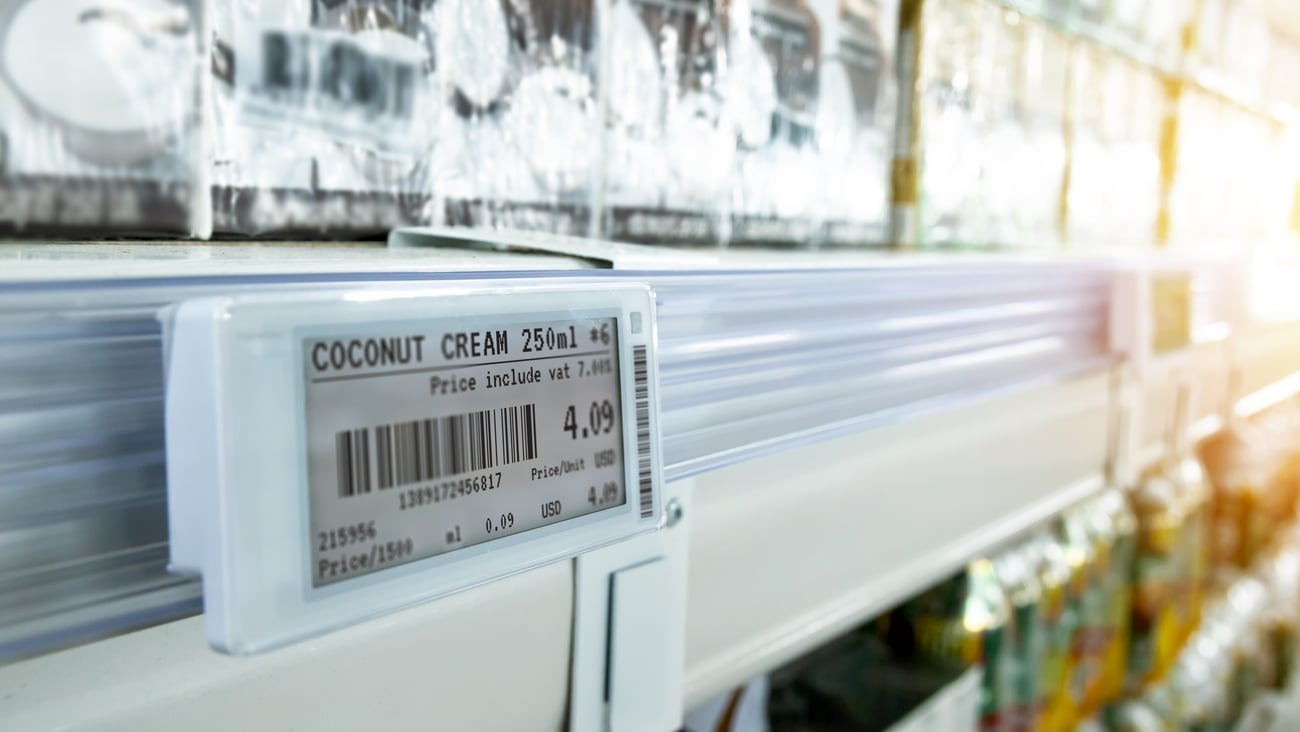50 years of barcodes: Revolutionizing food traceability
Barcodes, those ubiquitous stripes we encounter daily at checkout counters, are far more than mere patterns; they are pillars of modern food distribution and traceability. Celebrating its 50th anniversary, the Universal Product Code (UPC) barcode first made its mark on June 26, 1974, in a supermarket in Troy, Ohio. Interestingly, Canada quickly followed, becoming the second country to adopt this system in July 1974, with its first scan at a Steinberg grocery store in Dorval, Que.
Despite their everyday presence, UPC barcodes remain underappreciated. These codes have revolutionized retail and supply chain sectors by enabling efficient product identification and inventory management, thereby enhancing our food industry's efficiency. At retail checkouts, these barcodes encode a unique 12-digit number for each product, facilitating quick, accurate transactions without the need for manual data entry. This not only speeds up the checkout process but also reduces errors, akin to how fingerprints uniquely identify humans.
READ: How technology is paving a path for fresher foods and food security
Barcodes are invaluable for tracking sales trends, managing promotions, and making informed inventory decisions, thus enriching the overall shopping experience for consumers. Beyond the point of sale, UPC barcodes optimize inventory and supply chain operations by allowing precise monitoring of stock levels, facilitating timely reorders, and preventing stockouts and overstock situations. Essentially, barcodes are indispensable tools that support both the logistical and commercial aspects of modern retailing.
The success of the UPC barcode owes much to the GS1 standards, set by a relatively unknown non-profit organization, which have been instrumental in enhancing the reliability of supply chains worldwide. In Canada, GS1 ensures that businesses benefit from standardized barcodes, improving supply chain efficiency and product traceability. It provides essential tools and guidance for adopting these global standards, helping businesses streamline operations, reduce errors, and maintain accurate product information from production to retail.
However, the system is not flawless and is susceptible to human error, highlighting the need for a neutral, non-profit arbitrator to ensure compliance.
Barcodes are here to stay, but as the need for greater traceability grows, the traditional 12-digit single-layered code is no longer sufficient. The introduction of data matrices and QR codes—types of two-dimensional barcodes—marks the next step in barcode evolution. These advanced codes could manage real-time food recalls or provide consumers with detailed product information, potentially obviating the need for "best before" dates. Opportunities are endless.
READ: Ottawa urged to look into best before date system in bid to reduce grocery waste
Thus, each time we scan a barcode, we engage with a marvel of logistics that connects us transparently to an industry that often seems opaque. This is just the beginning; as we delve deeper into barcode technology, its potential to transform our food system becomes even more apparent.






